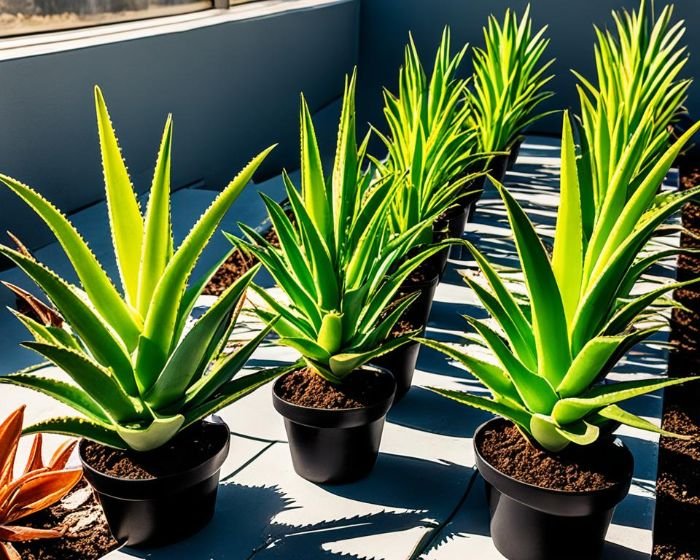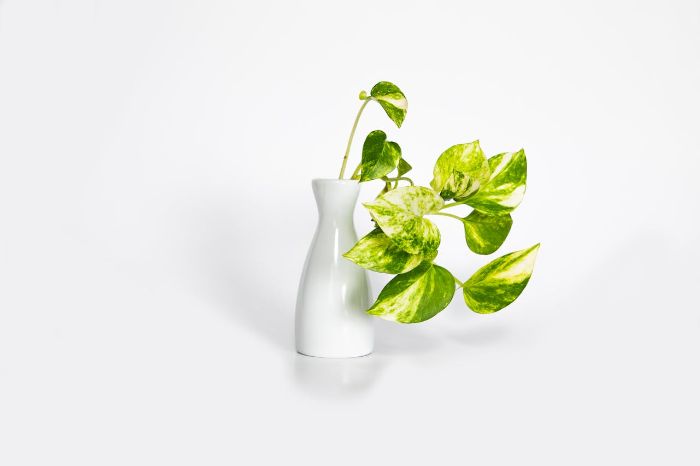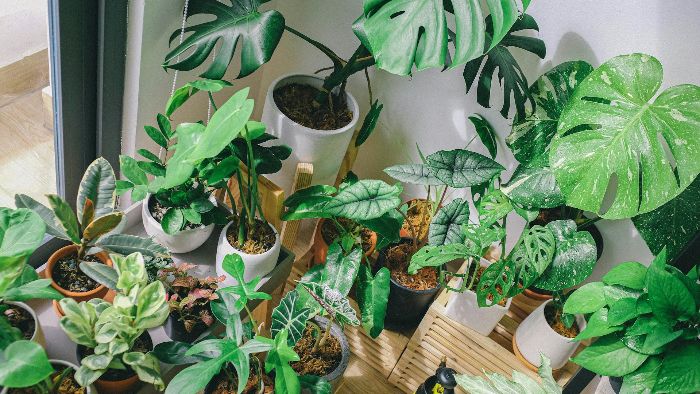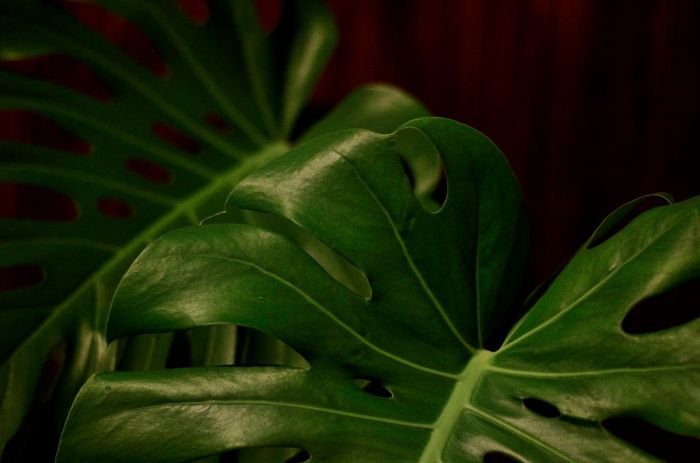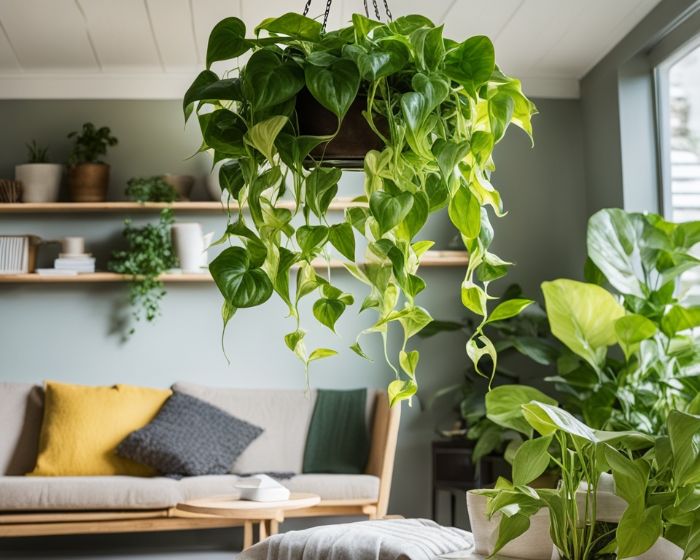The aloe vera plant is widely recognized for its healing properties and distinctive appearance. Cultivated for thousands of years, aloe vera has maintained its reputation as a powerful aid in both traditional and modern medicine. Its enduring appeal makes it a favorite among plant enthusiasts and gardeners alike.
The journey of aloe vera from ancient civilizations to today’s homes highlights its timeless value. Its medicinal and cosmetic benefits have been documented across cultures and centuries. Whether you are an experienced gardener or a beginner, understanding the specific care needs of aloe vera is crucial for maintaining vigorous, attractive plants.
Key Takeaways:
- Discover the full range of aloe vera’s benefits beyond its appearance.
- Understand the optimal light, temperature, humidity, and soil requirements for healthy growth.
- Learn effective watering and feeding techniques to support robust plants.
- Maintain plant vitality through regular pruning and care.
- Identify and address pests and diseases early to protect your aloe vera.
Table of Contents
Getting Started with Aloe Care – Key Basics for Healthy Growth
Aloe vera care begins with selecting a healthy plant and understanding the unique qualities that make this species both attractive and beneficial. Whether grown indoors or outdoors, aloe vera enhances spaces with its striking appearance and well-documented health properties. Learning the basics of aloe vera care will set the foundation for growing vigorous, resilient plants.
Benefits of Growing Aloe Vera
Growing aloe vera offers a wide range of benefits that extend beyond its ornamental value. The gel extracted from its leaves is rich in vitamins, minerals, and antioxidants, making it highly effective for soothing burns, minor cuts, and skin irritations. It also serves as a natural, chemical-free moisturizer, supporting healthy skin hydration.
Beyond personal care, aloe vera contributes to a healthier indoor environment by removing toxins from the air. Its low maintenance requirements and drought tolerance make it an ideal plant for individuals with busy lifestyles or limited gardening experience.
Recognizing the Unique Characteristics of Aloe Vera Plants
Aloe vera is a succulent plant distinguished by its thick, fleshy green leaves arranged in a rosette pattern radiating outward from the center. The serrated edges and internal gel allow the plant to store water efficiently, enabling survival in arid conditions.
Known internationally by names such as Barbados aloe, Indian aloe, and true aloe, this versatile species highlights its global popularity and adaptability to a wide range of climates and environments.
Creating the Perfect Environment for Aloe Growth
To ensure your aloe vera plants thrive, it is important to provide optimal growing conditions tailored to their natural habitat. Although aloe vera is highly adaptable, specific factors such as light exposure, temperature, and humidity levels play a crucial role in maintaining strong, healthy growth. For comprehensive, science-backed guidance on aloe vera cultivation, you can consult the North Carolina Extension Gardener Plant Toolbox. Below, we outline the key environmental requirements for success.
Sunlight Requirements for Healthy Aloe Vera Growth
Aloe vera plants require bright, indirect sunlight to thrive. While they can tolerate some direct exposure, excessive direct sun can scorch the leaves and cause discoloration. Ideally, position your aloe vera near a window where the light is filtered, ensuring they receive approximately six hours of indirect light each day. Proper lighting is essential not only for healthy leaf development but also for optimal gel production.
Ideal Temperature and Humidity Levels for Aloe Vera
Aloe vera thrives in warm, arid environments similar to its native desert regions. The ideal temperature range for healthy growth is between 55°F (13°C) and 80°F (27°C). While aloe vera can briefly withstand temperatures outside this range, prolonged exposure to cold or extreme heat may cause stress and damage. Regarding humidity, the plant prefers moderate levels, ideally between 40% and 50%, with good airflow to prevent excess moisture accumulation and fungal issues.
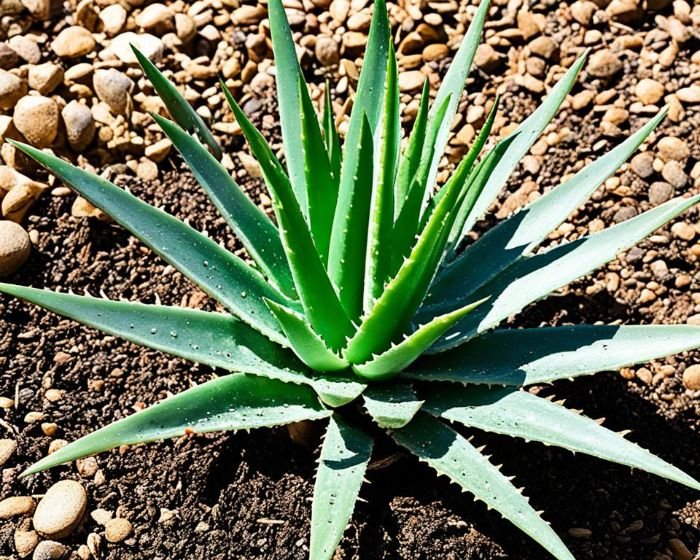
By providing the right balance of sunlight, temperature, and humidity, your aloe vera plant can thrive. Next, we will explore essential soil and planting practices to support healthy growth at every stage of development.
Soil and Planting Essentials
Healthy growth in aloe vera plants begins with selecting the appropriate soil and following proper planting techniques. Choosing a well-suited soil mix and planting method creates the optimal environment for strong root development and overall plant vitality.
Choosing the Right Soil Mix for Aloe Vera
Aloe vera plants thrive in soil that offers excellent drainage. Poorly drained soil can lead to soggy roots, increasing the risk of root rot and overall plant decline. For best results, use a sandy or gritty soil mix that promotes rapid water movement and prevents moisture buildup around the roots.
Avoid using heavy, clay-based soils, as they retain excessive water and can damage your plant. Instead, opt for a well-draining mix containing sand, perlite, and peat moss. This combination ensures optimal soil aeration and supports healthy root development.
Proper Planting Techniques for Aloe Vera
Planting your aloe vera the right way is key. Here are some tips:
- Select a pot with adequate drainage holes to prevent water from accumulating around the roots.
- Fill the container with a well-draining soil mix, leaving space to accommodate the plant.
- Carefully remove the aloe vera from its current container, gently loosening the surrounding soil if needed.
- Position the plant in the new pot, ensuring that the lower leaves remain slightly above the soil surface.
- Backfill with soil around the roots, taking care not to bury the leaves.
- Lightly press down the soil to stabilize the plant and eliminate air pockets.
- Water thoroughly after planting, then allow the soil to dry completely before the next watering cycle.
Following these steps and choosing the correct soil mix is a great start. It helps your aloe vera plants grow strong and healthy.
How to Water Aloe Plants Properly
Proper watering practices are critical for maintaining the health and vigor of aloe vera plants. In this section, we will explain how to water your plants effectively to support sustained, healthy growth.
How Often to Water Aloe Vera Plants
Due to their succulent nature, aloe vera plants store water within their fleshy leaves, allowing them to tolerate extended periods without irrigation. It is essential to let the soil dry out completely between waterings to prevent root rot and other moisture-related issues.
After watering, ensure that excess water drains freely from the pot. Before the next watering, check that the top inch (approximately 2.5 cm) of soil is completely dry. Following this approach helps maintain an appropriate moisture balance, promoting strong and resilient plant growth.
Recognizing Signs of Overwatering and Underwatering
Recognizing early signs of watering problems is crucial for maintaining healthy aloe vera plants.
Indicators of Overwatering:
- Leaves become swollen, mushy, and may appear yellowish or translucent.
- A foul odor from the soil or soft, decaying roots may indicate root rot.
- Immediate action includes reducing watering frequency and ensuring the container has proper drainage.
Indicators of Underwatering:
- Leaves appear shriveled, dry, or develop brown tips.
- The plant may become visibly wilted or lose its firmness.
- Increasing the watering frequency gradually can help restore the plant’s vitality.
Monitoring these symptoms closely allows for timely adjustments, ensuring your aloe vera remains healthy and robust.
Fertilizing and Feeding Your Aloe Vera Plants
Proper fertilization plays a supportive role in maintaining healthy aloe vera plants. Although aloe veras are relatively low-maintenance, providing the right nutrients at the right time enhances growth and resilience. This section will outline when and how to fertilize, as well as recommend the best types of fertilizers for optimal results.
When and How to Fertilize Aloe Vera Plants
Fertilize aloe vera plants primarily during their active growing seasons—spring and summer—when nutrient demands are highest. For newly planted specimens, wait approximately one year before applying fertilizer to allow root systems to establish firmly.
Use a balanced, water-soluble fertilizer once a month during the growth period. Always apply at a slightly lower concentration than recommended on the product label to minimize the risk of root burn. Dilute the fertilizer thoroughly and apply it directly to the soil near the plant’s base, avoiding contact with the leaves to prevent potential damage.
Best Fertilizers for Aloe Vera Plants
For aloe vera plants, select a balanced fertilizer containing equal parts nitrogen (N), phosphorus (P), and potassium (K) – formulations such as 10-10-10 or 20-20-20 are suitable options. Organic alternatives like compost tea or well-aged manure can also be beneficial, as they release nutrients gradually and support sustained plant health.
Always follow the manufacturer’s application guidelines, adjusting the dosage slightly downward to avoid over-fertilization. Consistent but cautious feeding contributes significantly to the long-term vitality of your aloe vera.
Pruning and Long-Term Aloe Care
Proper pruning and maintenance are essential for supporting the health, appearance, and longevity of aloe vera plants. Regular pruning not only encourages the development of new growth but also prevents overcrowding, which can limit airflow and promote disease. Routine care ensures that your aloe vera receives the necessary attention to thrive over the long term.
How to Prune Aloe Vera Plants Safely
When pruning aloe vera, begin by removing any old flower stalks and damaged or withered leaves. This allows the plant to redirect its energy toward producing healthy new growth and developing offsets (“pups”). Always use clean, sharp pruning shears to minimize the risk of infection.
Target leaves that are dry, limp, or discolored, cutting them close to the base of the plant. To avoid stressing the plant, never remove more than one-third of the total foliage during a single pruning session.
If offsets are present, wait until they have grown to at least one-third the size of the parent plant before detaching. Ensure that each pup has an established root system before transplanting it into a separate container with appropriate soil.
Tips for Ongoing Aloe Vera Maintenance
Consistent maintenance is vital for keeping aloe vera plants vigorous and healthy. Follow these key practices:
- Provide ample indirect sunlight to support growth while minimizing the risk of leaf burn.
- Water thoroughly but infrequently, allowing the soil to dry completely between waterings to prevent root rot.
- Utilize a well-draining soil mix, such as cactus or succulent blends enhanced with sand or perlite.
- Apply a balanced fertilizer sparingly, adhering closely to package instructions to avoid overfeeding.
- Inspect plants regularly for signs of pests such as aphids and mealybugs, treating infestations promptly.
Applying these practices will help ensure that your aloe vera plants remain strong, attractive, and resilient over time.
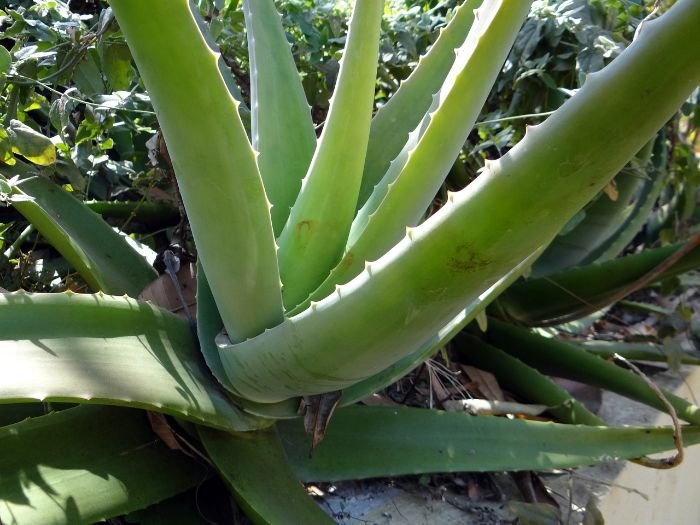
Solving Common Issues with Aloe Plants
Even with proper care, aloe vera plants can occasionally encounter issues. Early identification and prompt intervention are critical for maintaining their health and vigor. In this section, we will cover common pests, diseases, and growth-related problems – and how to address them effectively.
Identifying and Treating Common Pests and Diseases
Mealybugs:
Mealybugs are a frequent pest affecting aloe vera plants. These small, white insects feed on the plant’s sap, causing wilting, yellowing, and general decline. Inspect the plant regularly, especially under the leaves, where mealybugs tend to hide. Remove them manually using a cotton swab dipped in rubbing alcohol to prevent infestations from spreading.
Fungal Diseases (Root Rot):
Fungal infections, particularly root rot, can develop in aloe vera due to overwatering or poor soil drainage. Symptoms include mushy roots, a foul odor emanating from the soil, and a general decline in plant health. To treat root rot, remove the plant from the soil, trim away the affected roots with sterile tools, and replant it in a fresh, well-draining soil mix. Adjust your watering practices to avoid recurrence.
Managing Common Growth Issues in Aloe Vera
Etiolated Growth (Tall and Spindly Plants):
If an aloe vera plant grows tall, thin, and weak, it is likely suffering from insufficient light exposure. To correct this, relocate the plant to a location with more bright, indirect sunlight or supplement with grow lights. Improved light conditions will encourage stronger, more compact growth.
Overcrowding and Pups Management:
As aloe vera plants mature, they often produce offsets (commonly known as pups) around the base. While this is a healthy sign, overcrowding can limit resources and hinder growth. Carefully separate the pups once they reach at least one-third the size of the parent plant. Use a clean, sharp knife, and replant each pup in an individual container with well-draining soil.
Maintaining a vigilant approach to plant health is crucial for sustaining a thriving aloe vera over time. Regular monitoring, prompt corrective actions, and consistent care help prevent minor issues from developing into serious problems, ensuring the plant’s longevity and vitality.
FAQ
What are the benefits of growing aloe vera?
Aloe vera offers multiple benefits, including the ability to soothe burns, minor wounds, and skin irritations through its nutrient-rich gel. Additionally, its striking green, spiky foliage enhances the aesthetic appeal of both indoor and outdoor spaces.
What are the characteristics of aloe vera plants?
Aloe vera plants are characterized by thick, fleshy leaves arranged in a rosette pattern, often displaying various shades of green. They are commonly referred to as the “burn plant” or “first-aid plant” due to their well-known healing properties.
What are the sunlight requirements for healthy growth of aloe vera plants?
Aloe vera plants require bright, indirect sunlight to thrive. Excessive direct exposure can cause leaf burn and discoloration. Ideally, position them near a window with filtered light to ensure optimal growth conditions.
What are the ideal temperature and humidity levels for aloe vera plants?
Aloe vera plants thrive in temperatures between 55°F (13°C) and 80°F (27°C) and prefer moderate humidity levels ranging from 40% to 50%. It is important to protect them from prolonged exposure to extreme heat or cold.
What type of soil mix should I use for aloe vera?
Use a well-draining, sandy soil mix for aloe vera plants. A combination of cactus soil and perlite is ideal to facilitate rapid water drainage and prevent root rot. Avoid heavy, moisture-retentive soils that can compromise plant health.
How often should I water my aloe vera plant?
Water your aloe vera plant only when the top inch (2.5 cm) of soil is completely dry. Typically, this translates to watering every 2 to 3 weeks, depending on environmental conditions. Avoid overwatering to protect the plant’s roots.
What are the signs of overwatering and underwatering an aloe vera plant?
Signs of overwatering include yellowing, translucent leaves and a foul odor from the soil, often indicating root rot. Underwatered aloe vera plants display shriveled, dry, or browning leaves. Maintaining a balanced watering routine is essential for healthy plant development.
When and how should I fertilize my aloe vera?
Fertilize aloe vera plants during their active growing seasons, primarily in spring and summer. Apply a diluted, balanced, water-soluble fertilizer once a month, following package directions to prevent overfeeding.
What are the best types of fertilizers for aloe vera?
The most suitable fertilizers for aloe vera are balanced formulations designed for cacti and succulents, or organic alternatives such as compost tea. These options provide essential nutrients while minimizing the risk of over-fertilization.






